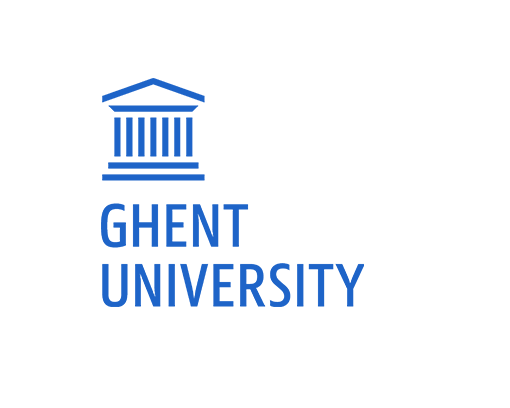Neurologisch onderzoek bij paarden in de praktijk
- G. van Loon
Abstract
Een grondig neurologisch onderzoek is aangewezen wanneer een paard tekenen vertoont van zenuwstoornissen maar ook in gevallen waarbij het belangrijk is te bevestigen dat een paard neurologisch normaal is. Het voornaamste doel van het neurologisch onderzoek is uitmaken of er neurologische afwijkingen zijn en in tweede instantie wordt getracht de primaire oorzaak en lokalisatie hiervan te achterhalen. Een gestandaardiseerde van-kop-tot-staartbenadering vermijdt dat er afwijkingen over het hoofd gezien worden. Daarom start het onderzoek steeds met het afnemen van een goede anamnese, observatie van het paard met aandacht voor het bewustzijn, gedrag, houding en stand en met een klinisch onderzoek. Vervolgens worden de kopzenuwen getest door middel van onder andere dreig-, pupil- en ooglidreflex. De hals, romp, ledematen en staart worden onderzocht om asymmetrieën of toegenomen of verminderde sensatie aan het licht te brengen. Daarna wordt het paard in beweging bekeken waarbij vooral de overgangen en het stappen in kleine cirkels en zigzaglijnen, gebreken in de coördinatie kunnen aantonen. Het onderscheid met orthopedische problemen is echter niet altijd eenvoudig te maken. Vooral paarden in laterale decubitus vormen een extra uitdaging voor de onderzoeker aangezien het neerliggen op zich reeds een afwijking in responsen kan veroorzaken. Bijkomend onderzoek is daarom vaak gewenst om een neurologisch probleem te bevestigen of om een letsel in beeld te brengen. Bloedonderzoek (algemeen, serologie, virusisolatie), lever- of spierbiopten, onderzoek van cerebrospinaal vocht en radiografieën kunnen in de praktijk uitgevoerd worden. In gespecialiseerde centra zijn elektrodiagnostische testen beschikbaar en uitgebreide beeldvormingsmogelijkheden (CT, MRI, scintigrafie). Door deze technieken te combineren met het klinisch neurologisch onderzoek kan een (differentiaal)diagnose (op)gesteld worden.
How to Cite:
van Loon, G., (2017) “Neurologisch onderzoek bij paarden in de praktijk”, Vlaams Diergeneeskundig Tijdschrift 86(1), 47-55. doi: https://doi.org/10.21825/vdt.v86i1.16304
Downloads:
Download PDF
View
PDF
